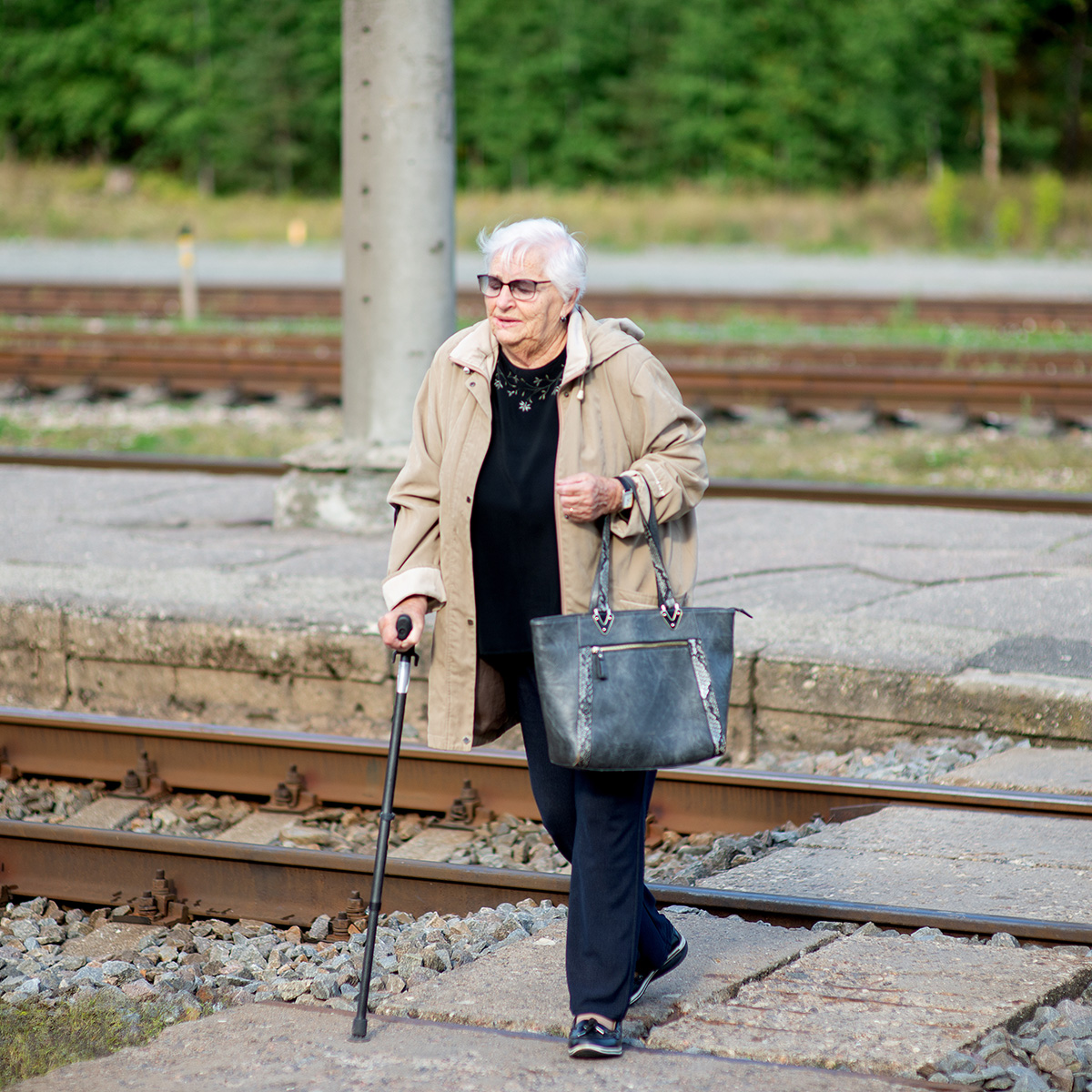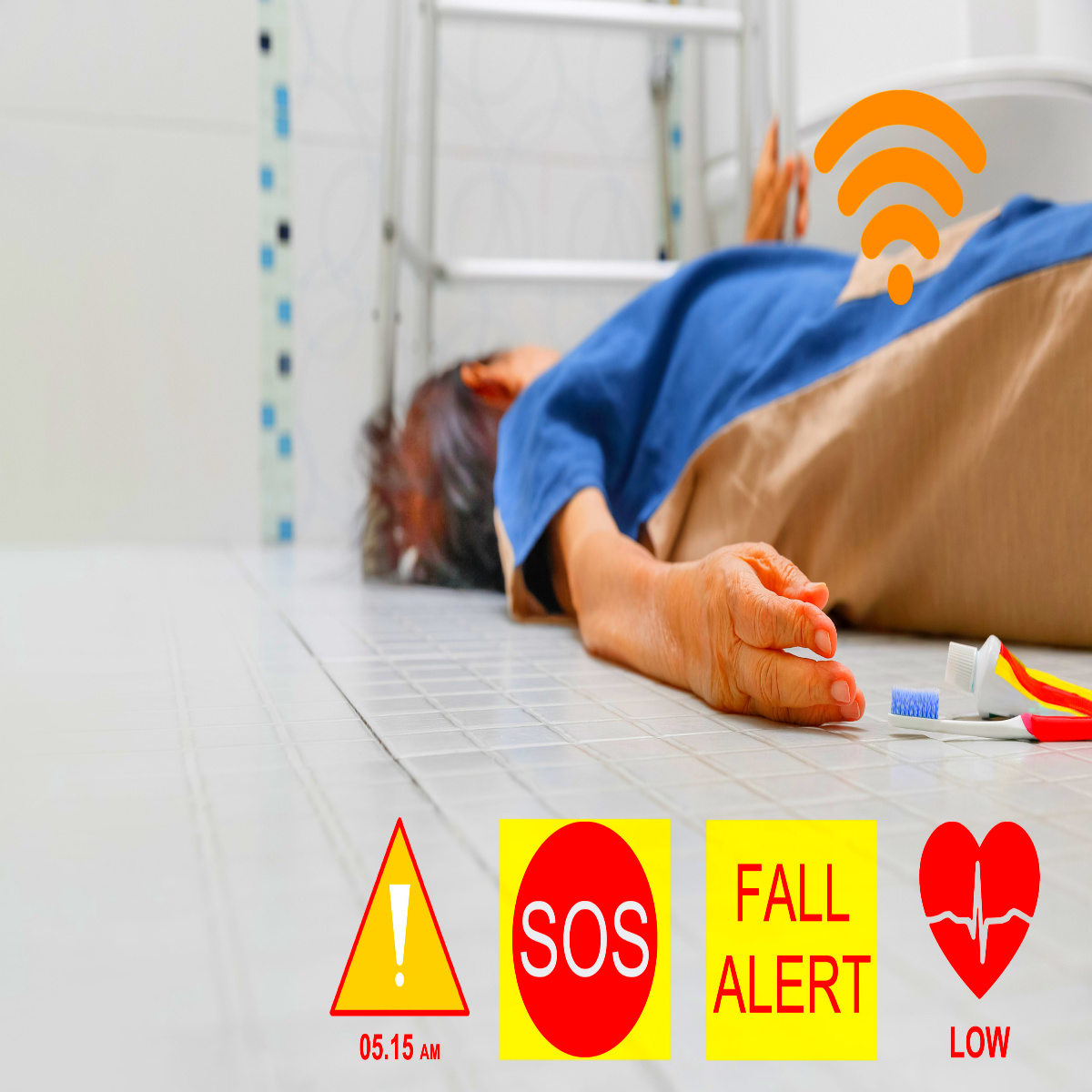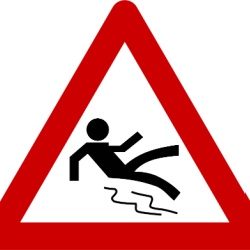Prevent the Fall, Prevents the Call
Every twenty seconds another senior adult dies from a fall in the USA.
Emergency rooms treat fall victims at a national rate of 1 every eleven seconds.
Prevent the Fall, Prevents the Call
Every twenty seconds another senior adult dies from a fall in the USA.
Emergency rooms treat fall victims at a national rate of 1 every eleven seconds.

Falling is scary, especially as we age. The good news is you can and should arrange your home to reduce the threat and impact from falling.
95%
of hip fractures are caused by falling
2.8mm
seniors are treated in the E.R. for fall injuries
300k+
older people are hospitalized for hip fractures
Step 1: Do the Credit for Caring Home Safety Check-Up
Conduct a thorough home safety assessment to identify potential fall hazards. Pay special attention to uneven flooring, loose carpets, and cluttered pathways. Assess the lighting conditions in each room, ensuring adequate illumination to reduce the risk of tripping. Evaluate the bathroom for slippery surfaces and consider installing grab bars near toilets and in the shower.

Step 2: Find It, Fix It
Implement necessary modifications to create a safer living space. This may include securing loose carpets or rugs, repairing uneven flooring, and removing unnecessary furniture or obstacles that impede mobility. Install handrails along staircases and grab bars in key locations. Consider adding non-slip mats in areas prone to moisture, such as kitchens and bathrooms.
Step 3: Exercise focused on Balance and Strength
Develop a customized exercise routine to enhance strength and balance, crucial elements in fall prevention. Focus on exercises that improve lower body strength, such as leg lifts and squats. Include balance exercises like standing on one leg or tandem walking. Encourage regular participation in these exercises to build and maintain physical resilience.
Step 4: Mobility Training
Conduct mobility training to improve overall gait and movement patterns. Work on walking techniques, emphasizing proper posture and stride length. Implement exercises that enhance flexibility and joint range of motion. Address any specific mobility challenges faced by the individual, tailoring the training program to their unique needs.

Step 5: Education on Fall Prevention Strategies
Empower seniors with knowledge on fall prevention strategies. Provide guidance on proper footwear selection, emphasizing the importance of non-slip soles and proper fit. Educate them on the potential risks associated with certain activities and environments. Offer tips on using assistive devices, such as canes or walkers, when necessary.
Step 6: Regular Follow-ups and Reassessments
Establish a routine for regular follow-up appointments and reassessments. Track the individual’s progress in terms of strength, balance, and mobility. Address any emerging issues or concerns promptly. Periodic reassessments ensure that the fall prevention program remains effective and can be adjusted based on the individual’s evolving needs.


















